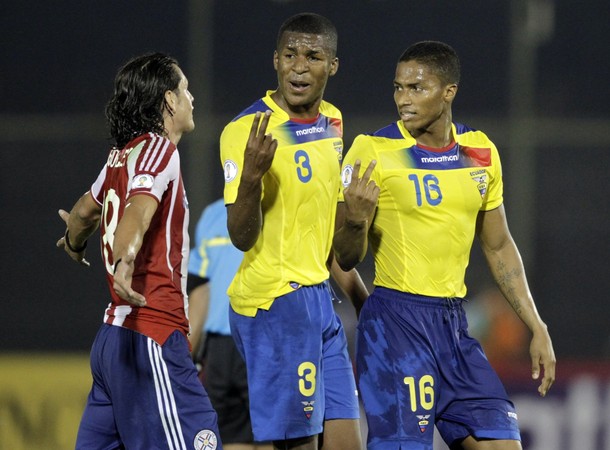Whilst the turn of the century saw tier 1 level players secure eye watering contracts, those larger clubs from outside the big 5 leagues could still match the salaries for Tier 2 players. But as the funds from ever increasing TV deals swelled the coffers of the elite clubs, their dominant position in European competition become solidified. Tier 2 & 3 level players were now swelling the squads of the elites at salaries beyond the reaches of the big lesser clubs.
Losing their best players to clubs with bigger pockets was nothing new for clubs like Celtic, but now every decent player the clubs had was up for grabs. Clubs couldn’t recruit replacement fast enough and these big “lesser” clubs like Ajax, Sporting, Feyenoord, Porto & Celtic couldn’t buy better as the elites could afford more of everything. They could afford more scouts, they could persuade people to come to warm a bench by providing life changing salaries and they could even clean up all the youth talent with larger, better funded academies. The gulf was increasing and no amount of extra borrowing for extra spending could bridge the widening chasm. Something had to change in the business model. For most of the non-big 5 clubs, that meant managing fan expectation for European competition and managing decline.
Whilst the clubs outside the top 5 leagues saw of future of manged decline looming, something was changing at the top too. Football was eating itself. The elites needed the star players to keep the “FIFA” generation interested and they needed to play in the last 16 of Champions League Football to keep attracting these stars and they needed every penny to pay for the stars.
Just at the point where the gulf between haves and have nots was about to become unbridgeable football data and analytics and the need for ready-made elite players coincided. So, whilst selling your best players and reinvesting had always been a “thing,” some clubs realised that they could combine data analytics with the inevitable sale of players to create a business model that would keep them within touching distance of the elites. The player trading model was born.
Analytics alone cannot win a title or make a club an elite trading team. You need to understand the rules of the game, set a strategic target, and engage the adage of working smarter, not harder.
From the outside, the managed decline, sale of premier players can look a lot like player trading, but they differ in how you spend the money and the risk you are prepared to take when reinvesting those funds. The managed decline trading model is about enabling ongoing domestic success by continuing to pay premium wages relative to your domestic league and then utilising the consequential participation in European Competition to showcase your sellable players to maximise income to buy the best players to maximise domestic success. Player trading is about maximising revenue from player sales to enable the purchase of an improved project to sell at a higher level – ie always trading upwards to work towards a goal of competing at the final stages of European Competition.
In both models you are trying to acquire at below market value or trying to acquire potential that can be developed into enhanced future market value. In both models you will kiss a few frogs but in the latter, you will need to know the rules of your market.
You are buying with the intention of providing players to the elite leagues. This whole principle is based upon the fact that the top 4 teams from the big 5 leagues all aspire to reach the last 4 of the Champions League. They want a squad of players aged (roughly) 25 – 30 with experience of competing at elite levels – a track record of achievement in either winning trophies or playing European football (or both). It is this requirement that changed the concept from selling your best players and muddling along to player trading.
By accepting what the elites want, a properly structured system can mean that a team like Ajax, Sporting, Porto, Salzburg or Celtic can have a squad full of players who, in the next year or two, will be playing Champions League and Europa League semi-finals and finals. By timing the sale and acquisition process and holding on to the odd player for a little longer, these teams can hang on to the coat tails of the elites, occasionally get to a Euro final and fund that success in a sustainable way.
Where and what you shop for will therefore be determined by what your buyers want. It is a wholistic approach to player acquisition:
- What data can I utilise to find key players?
- Where should I invest most in a scouting network?
- What type of player do elite teams want and how can I get best use of that talent pool to enhance my squad and do all of this whilst maintaining domestic dominance?
If you do not understand that, then you will not crack the player trading model. These players only come to clubs like Celtic and the South Americans who go to Portugal because it is a step towards a big- 5 league. If sales are blocked, they’ll down tools PLUS agents will advise future players from joining such a club. Indeed, the better your sales record, the better-quality player will come. But without a detail, specific plan, the odd success will enable the funding of success and further acquisition, but you will not grow and develop. You will purely be treading water.





